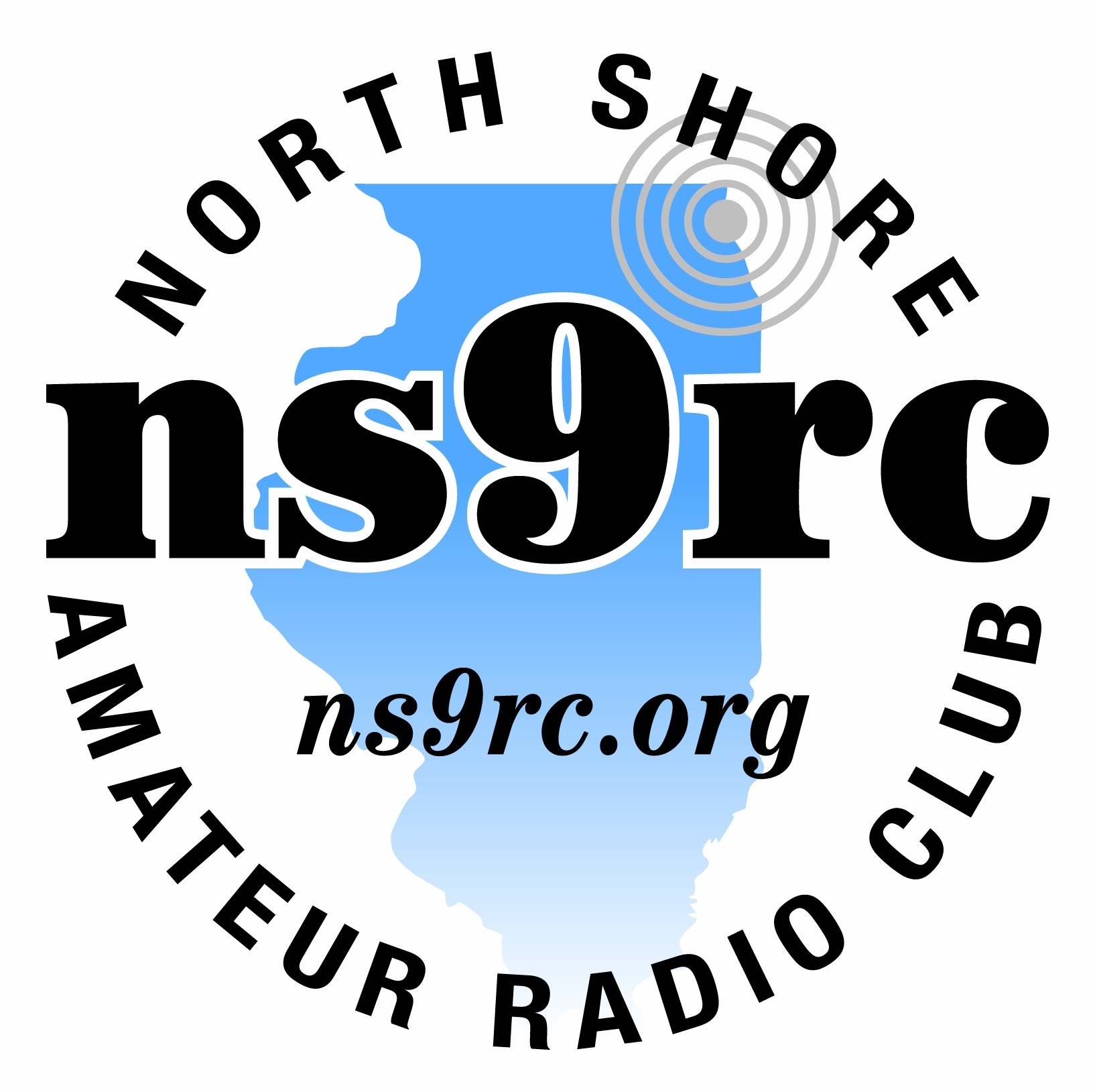Taking it down
There is nothing more exciting than to help a fellow ham get his station on the air, build his antenna scheme and get him or her on the air. On the other hand, it is a different experience altogether when you are asked to take down a retired ham station. Recently I was asked by Shel Epstein (K9APE)’s wife to disassemble his antenna network. Shel was an engineer and a lawyer…and both played a hand in the design and implementation of his antennas. He also had a fairly flat roof, which made access simple. Anyway, as one takes gear down from ailing, retired or hams that have passed on, inevitably you think about how the gear was used, the conversations they must have had, the thought that went into the construction process and, well, you spend a great deal of time thinking about the ham. In this case, I knew Shel, so it was actually fun to reminisce in this way about his work as a ham.
Shel had a 10 foot tower section on his roof with a Mosley tri-bander and a yagi mounted above for satellite work. He also had many wires running around the roof area, including a scheme to use his gutters as an antenna. I solicited the help of Greg Karlove to help take the stuff down since he expressed interest in using most of it. It took us most of a Saturday, but this project came down easily and we recovered most of the gear. You could tell what motivated Shel, however. He used only the best equipment and building standards. The tower was flat mounted to the roof, with stainless guy lines and stainless turnbuckles anchored to the roof. He was also careful not to used long guy lines and used insulators to shorten the section to prevent them from radiating his signal.
The real project, it turn out, was his 6 foot satellite dish. When TV started to play around with beaming signals off satellites, most of the programming was not encrypted. Furthermore, most of the antennas needed to be very large. In fact, Wilmette has ruled that having such antennas was illegal! Wala! Enter the lawyer, Shel. No way was anyone going to impede his right to free TV bouncing off satellites! So, Shel battled the city fathers and won. Then, he had to build the antenna. Well, what he built cost a fortune, I am sure. First, you need a large dish…so he bought a 6 foot stainless dish. This alone weighed about 200 pounds. To support this beast, you had to manufacture a support structure. What he did was build an 8” steel water pipe, buried into a cement block about 3 feet deep. The pipe had two custom built support struts that anchored to the side of his house and to the pipe. Each of the support struts were about 10 feet wide and were bolted to the house. For this sort of work, the antenna had to be stable. At the top, he built a small catwalk, large enough for two people to walk around and at the very top he inserted an X/Y axis mount to support the dish. I have no idea how he ever carried all of this stuff to the top. It weighed a ton. We tried using a gin pole for some things but the pole nearly bent in half!! This structure was a work of art and looked like it did the job very well. We were told that it took 4 men to put this thing together. We had never taken anything like this down before, and you’d think you could just cut and run, but with the weight involved, that would have been potentially very dangerous. So we decided to tear it apart in sections using one of Greg’s plasma cutters. What an amazing tool that proved to be. He sliced up the stainless dish into pie shaped sections. We were off and running and slowly we chopped sections off the thing until we were left with the 25’ steel pipe. We dropped that like a tree and it smashed with a heavy thud.
While this project was not the kind of ham radio work we like to do, it was a very fulfilling day to reflect on the good work that was done by Shel, and to accomplish a huge goal. The towers are down, no one got hurt and we have digested all of the metal. Shel Epstein, K9APE, SK. Gone but not forgotten.
73, Rob, K9RST
